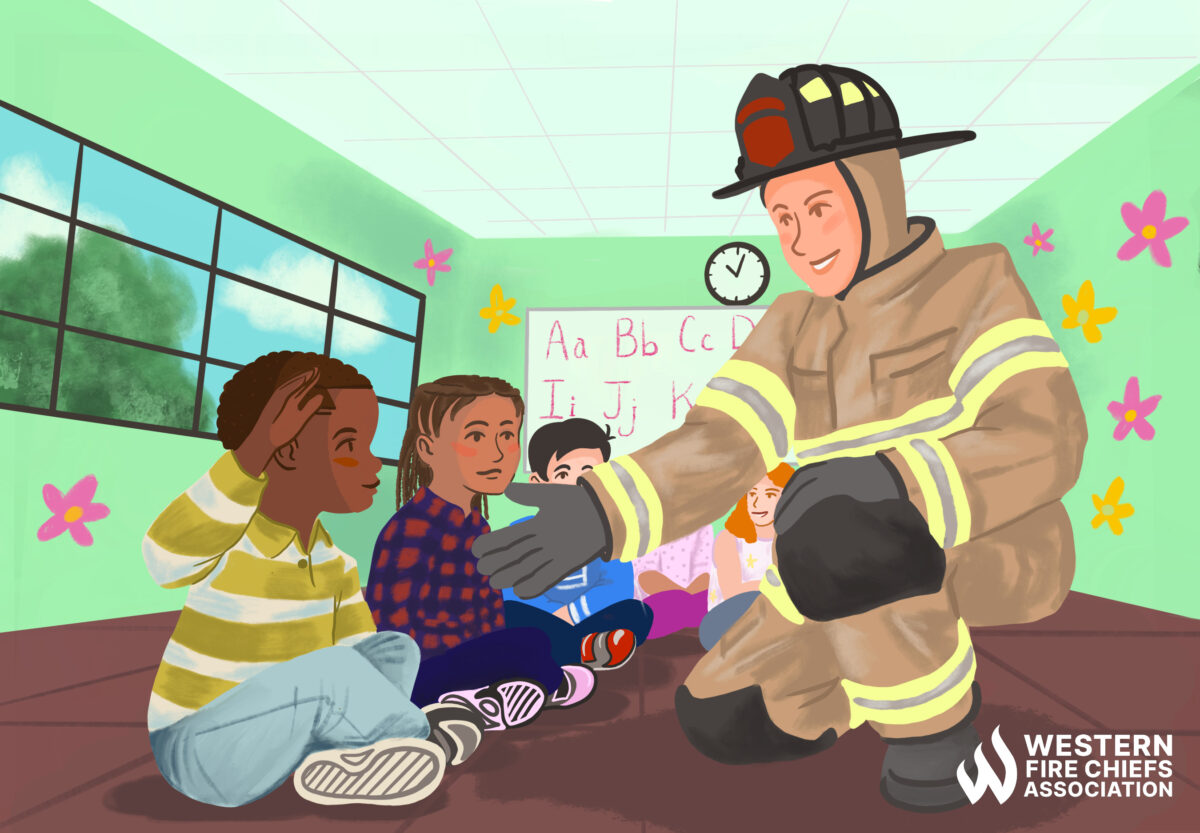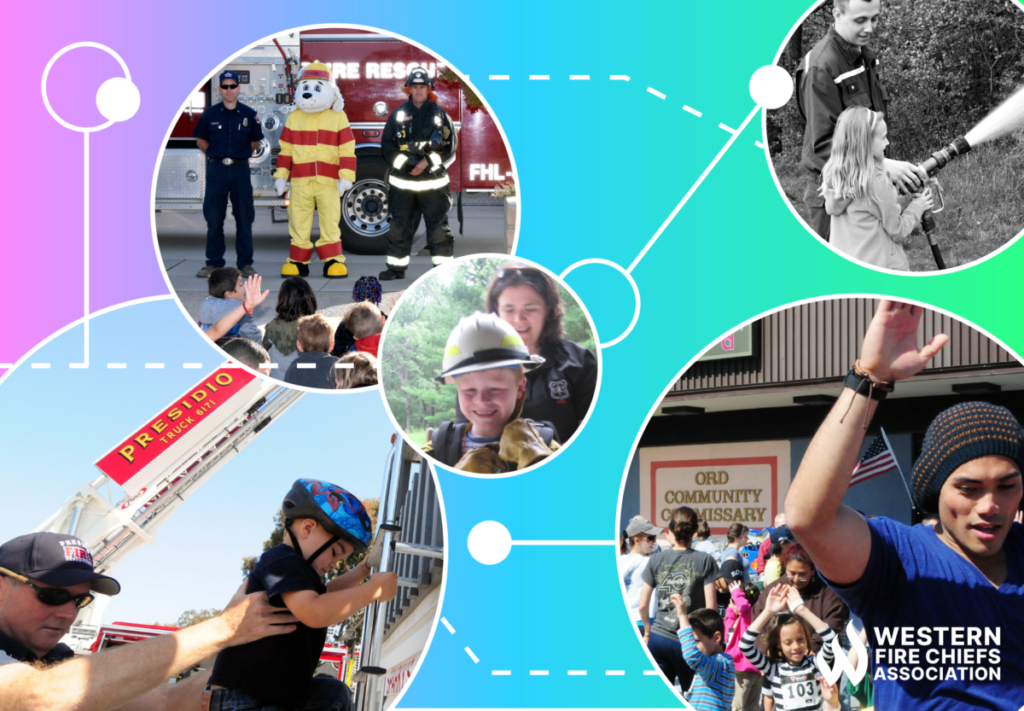Fire Pit Safety Tips
Stay safe around the campfire with tips from the Western Fire Chiefs Association. Learn essential precautions and practices for a worry-free outdoor campfire.
Did you know fires move faster when traveling uphill? Explore these interesting wildfire facts for kids from the experts at the Western Fire Chiefs Association (WFCA).
Published:January 25, 2023
Edited:April 24, 2024

Did you know fires move faster when traveling uphill? Explore these interesting wildfire facts for kids from the experts at the Western Fire Chiefs Association (WFCA).
A wildfire is an uncontrolled fire that starts burning in wildland, such as a forest, grassland, or the edge of an urban area. Firefighters focus on protecting human lives, structures, and resources when they battle wildfires.1 Learn some wild facts about wildfires and remember: always be careful with fire.
Most wildfires are caused by humans and can result from many kinds of activities. For example, a stray ember from a campfire can spark a blaze, or a spark from a car engine can ignite dry grass. Not all human-caused fires are accidental. Starting a fire on purpose, to hurt the environment, buildings, or people, is called arson. Arson is against the law and can have terrible consequences.
Sometimes, firefighters will very carefully light fires on purpose in order to clear overgrown plants and help nature thrive.3 However, these burns are handled by professionals in controlled conditions. A wildfire, on the other hand, is unplanned and extremely dangerous. Even if fires start small, it is difficult to predict if they will become large, destructive wildfires that threaten human lives and communities.
Firefighters call heat, air, and fuel the fire triangle. These three things combined can create ignition and start a fire.4 Sources of heat can be cigarettes, a spark from a campfire or a gas-powered tool like a chainsaw, or even the sun. Fuel can be the dry wood you use to make a campfire, or it can be plants and grasses. Dry weather, especially droughts, and windy days make wildfires more likely and more dangerous.
The speed of a wildfire varies depending on the terrain, the type of fuel available, and weather conditions.5 Rising smoke and heat can dry out fuel further up the slope of a hill, so fire burns more quickly uphill. Wildfires can also quickly get out of control when flames move from the ground to the tops of trees.
Wildfires happen more frequently in the central U.S. and on the East Coast, but wildfires that happen in the Western states (Alaska, Arizona, California, Colorado, Idaho, Montana, New Mexico, Nevada, Oregon, Utah, Washington, and Wyoming) are larger. Many Western state fires happen in undeveloped areas and tend to burn more acres than wildfires in other parts of the U.S.2
In the U.S., there has been a 223% increase in the amount of land burned by wildfires annually since 1983, when official wildfire record-keeping began. Wildfires in 1983 burned 1.3 million acres of land; in 2021, there were 7.1 million acres burned by wildfires.6
There are two types of lightning: cold and hot. Cold lightning has an intense electrical current but does not last very long and rarely starts fires. Hot lighting has a weaker electrical current, but the bolt of lightning stays for a longer period of time. These longer-lasting bolts can cause wildfires.7 Even though humans cause most wildfires, fires started by lightning are usually larger and burn more land.2

Wildfires move, spread, and grow in several different ways.
Fire is essential for the health of wildlands, just like rain and snow have their place in the natural cycle. It can even help certain trees spread their seeds. Giant sequoias are the largest trees on Earth, but they need fire in order to spread. Fire makes space in the forest for more light and water to reach sequoia seedlings. The mature trees are sturdy enough to withstand smaller, more frequent wildfires, and the heat from fires opens the cones to release sequoia seeds.10 Firefighting in wild areas now includes regular, controlled burns that clear debris and potential fuel from the landscape. This work ensures that fire can benefit the environment while being safely managed.1
The Rocky Mountains run from New Mexico to Canada. This huge mountain range creates strong wind currents. These winds are called Santa Ana winds when they move west towards Southern California11 and Chinook winds when they move east towards Colorado and Montana.12 These winds can blow at 60-100 miles per hour and have fanned wildfires to dangerous heights in nearby states in just minutes.
Since 2000, wildfires have burned an average of 7 million acres every year—more than double the average amount of acres burned in the 1990s. However, the average number of annual wildfires in the 1990s was 78,600, while the current average number of annual wildfires is 70,000.2
Stay safe around the campfire with tips from the Western Fire Chiefs Association. Learn essential precautions and practices for a worry-free outdoor campfire.
Discover essential firework safety tips to ensure a dazzling display without accidents. Learn how to celebrate responsibly with expert guidance from WFCA.
Explore the role of AI in wildfire prediction with guidance from the WFCA. Learn how advanced algorithms and data analytics enhance early detection and response.